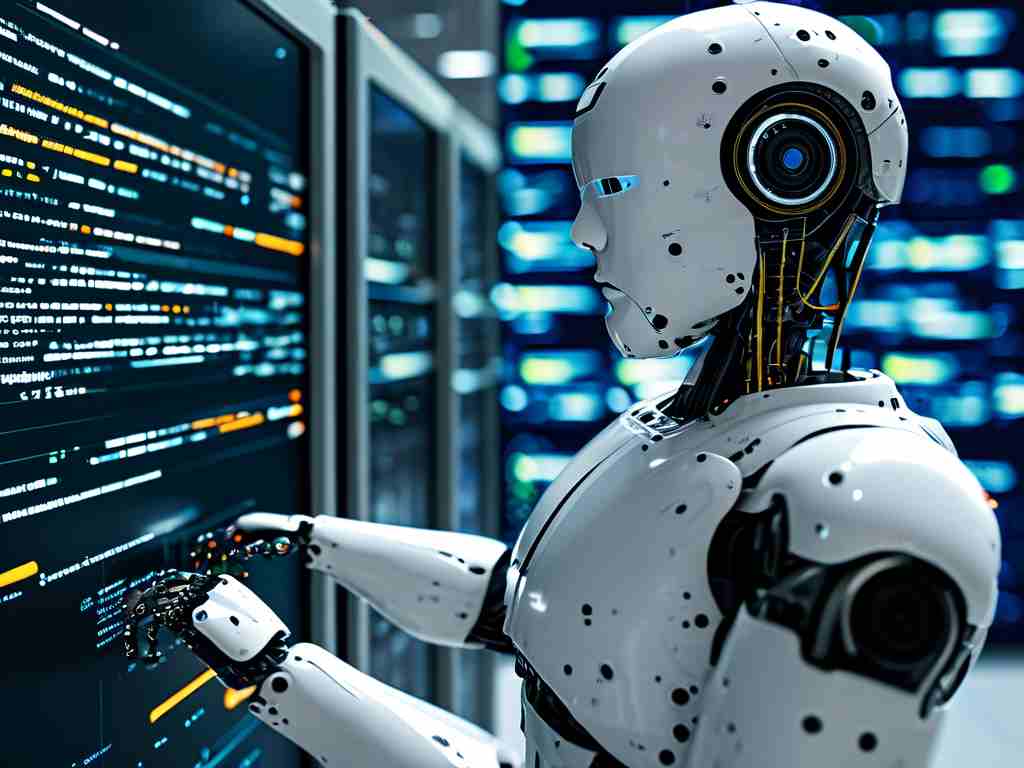In the evolving landscape of corporate operations, the concept of "personnel memory management" has emerged as a transformative approach to streamlining workforce efficiency. Borrowing principles from computer science—specifically, memory allocation and optimization—this methodology reimagines how organizations allocate, retain, and refresh human capital to minimize waste and maximize productivity.

The Intersection of Technology and Human Resources
Traditional human resource management often focuses on recruitment, training, and retention in siloed processes. Personnel memory management, however, integrates these functions into a cohesive system. Much like a computer’s RAM dynamically allocates resources based on real-time demands, this approach assigns roles and responsibilities by analyzing immediate organizational needs. For example, during peak project cycles, employees with underutilized skills in one department can be temporarily reassigned to high-priority tasks elsewhere, reducing idle time and operational bottlenecks.
Fragmentation and Defragmentation in Workforce Planning
A common challenge in HR is "workforce fragmentation," where talent is scattered across departments without strategic alignment. This mirrors the issue of memory fragmentation in computing, where disjointed data blocks reduce system performance. To address this, companies like Veridian Solutions have adopted defragmentation strategies by conducting quarterly skill audits. These audits identify overlapping competencies and redeploy staff to fill gaps in under-resourced teams. By 2023, this practice reduced project delays by 28% and improved cross-departmental collaboration.
Caching Mechanisms for Talent Retention
In computing, caching stores frequently accessed data for quick retrieval. Applied to HR, this translates to creating "talent caches"—pools of high-performing employees who are pre-trained for critical roles. For instance, TechNova Inc. maintains a reserve of certified cloud engineers who can swiftly transition to urgent client projects. This not only accelerates response times but also mitigates burnout among core teams. Additionally, mentorship programs act as a form of "cache validation," ensuring that reserved talent stays updated with industry trends.
Garbage Collection: Addressing Skill Obsolescence
Just as systems periodically clear obsolete data, organizations must address skill redundancy. A 2022 survey by the Global Workforce Institute found that 41% of IT professionals felt their expertise lagged behind technological advancements. Proactive companies now implement "skill refresh cycles," offering micro-certifications in emerging fields like AI governance or sustainable design. These programs, often delivered via bite-sized e-learning modules, ensure employees remain agile in a rapidly changing market.
Case Study: Streamlining Retail Operations
Fashion retailer UrbanStyle faced chronic inefficiencies in its seasonal staffing model. By adopting personnel memory management, the company developed an algorithm that predicts staffing needs based on historical sales data, weather patterns, and local events. During holiday seasons, the system automatically scales up part-time hires in high-demand regions while reallocating permanent staff to inventory management. This reduced overtime costs by 19% and improved customer satisfaction scores by 14% within a year.
Ethical Considerations and Employee Wellbeing
While optimizing human resources through technical analogies offers clear benefits, it raises ethical questions. Over-optimization risks treating employees as interchangeable components rather than individuals. Forward-thinking firms counter this by integrating employee feedback loops into their systems. For example, HealthFirst Corp. uses anonymized sentiment analysis tools to gauge staff morale when redeploying teams, ensuring alignment between operational goals and worker satisfaction.
The Future of Personnel Memory Management
As AI and machine learning advance, predictive analytics will play a larger role in workforce optimization. Tools like neural networks could forecast skill gaps years in advance, enabling proactive training initiatives. However, the human element remains irreplaceable. Balancing algorithmic precision with empathetic leadership will define the next era of HR innovation.
In , personnel memory management represents a paradigm shift in how organizations harness human potential. By blending technological frameworks with adaptive leadership, companies can build resilient, future-ready teams capable of thriving amid uncertainty.







